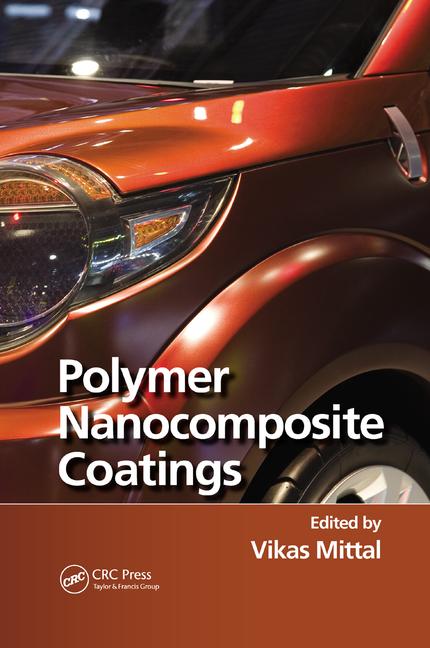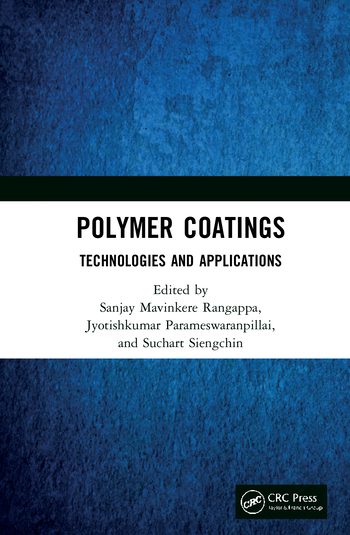CAMBRIDGE, MA - In some cases, a company has a product and knows immediately where it should go. GVD Corp. was not one of those cases. The MIT spinoff had developed a new approach to making polymer coatings, which had substantial industry interest. The problem was finding the specific market.
The company had a few things in its favor. The founders had confidence in the technology and had demonstrated its commercial potential on a small scale. They had initial funding from government grants and commercial research and development sponsors. They had patience. And they also found an initial partner who helped them perfect the application.
Eight years after it was founded, GVD finally could hit the market with an innovation that has made tire manufacturing more efficient. By applying the same patience, supplemented with years of experience, it looks to have the same impact on aerospace, gas and oil exploration, and electronic-circuitry protection.
Making Its First Dent
The roots of GVD started in an MIT lab over a decade ago. Karen Gleason, now the Alexander and I. Michael Kasser Professor of Chemical Engineering and associate provost, had developed a vapor-deposition process that produced thin, durable polymer coatings. Gleason and Hilton Pryce Lewis, a PhD student working in her lab, teamed up and founded GVD Corp. in 2001, just as Pryce Lewis was graduating with his doctorate.
Initially, the company was virtual; in 2003, GVD established its first lab facility less than a mile from campus. As Gleason and Pryce Lewis developed their business plan and finalized licensing agreements with MIT, they also decided to raise funds through sponsored research and development and commercial revenue instead of venture capital. Pryce Lewis says that move gave the company the autonomy to explore every opportunity and to reach its ultimate goal. “We wanted to make an impact in the coating industry,” he says.
Traditionally, applying a polymer coating is wet and messy. The process makes it difficult to control the finish and thickness. The coating often doesn’t stick well, and, because it needs high processing temperatures, it only works on high-temperature materials, such as metals, ceramics, and a few plastics. Simply put, it’s fairly crude, Pryce Lewis says.
GVD’s process was something new. It used a dry-chemical reaction, required no liquids or solvents, and could change the surface properties of parts on the nanolevel. Because it didn’t require a heating step, it was able to coat a greater range of materials, including organic materials like rubber, textiles, paper, and almost any plastic.
The first success for the company was in the automotive industry, working with a tire manufacturer. The key reason was GVD’s PTFE fluoropolymer coating, which works like Teflon, Pryce Lewis says. The coating is applied to the tire molds; because it’s thin and non-stick, the layer maintains the integrity of fine features, does not block air vents, and facilitates rapid release. The result is less scrap, higher-quality tires, and less downtime due to cleaning, allowing the company to produce more tires and use more-advanced rubbers and features. “They see a significant economic upside,” Pryce Lewis says.
Building a Relationship
It sounds pretty straightforward, but the GVD-automotive marriage wasn’t pre-ordained. In 2002, the tire company sensed that over the coming years its manufacturing processes were going to become more difficult as the complexity of tire designs evolved. In a preemptive attempt to find a solution, the company approached MIT and was introduced to a company that held potential, the nascent GVD, Pryce Lewis says.
There was risk on both sides. The tire manufacturer was relying on an untested company. GVD was faced with having to scale up in size and capacity and make the enterprise economically viable. At the beginning of the relationship, GVD was only able to accommodate parts similar in size to an envelope — flat and just a few inches square, Pryce Lewis explains. The company needed to get the process working for three-dimensional parts that were several feet in diameter.
After promising initial testing, the tire company provided funds for GVD to design and build bigger equipment. By 2006, GVD had a large enough machine to coat molds at a commercial scale. In 2009, the application became a commercial reality, and, in 2010, GVD established a facility near its partner’s plant in the southeastern United States, shifting GVD from a technology-based research-and-development entity to a service business.
The setup has been mutually beneficial; the company can manufacture quickly and GVD has a revenue stream to re-invest in further applications. While success wasn’t a guarantee, the elements were there. “Any successful industry/small-business partnership needs to come with a healthy dose of patience, a willingness to understand your partner’s needs and concerns, and a commitment to the long-term,” Pryce Lewis says.
Looking for the Next Market
With its success in the automotive industry, GVD is making other market inroads. One is with internal components, particularly rubber seals used in aerospace and oil and gas exploration. In harsh environments, and with constant exposure to aggressive fluids at high temperatures, sealing reliability is essential. The thin coating gives chemical resistance, lubricity, and extends the life without compromising performance. “This improves uptime and reliability in high-value industries, allowing customers to focus on maximizing their production,” Pryce Lewis says.
The company is now looking to expand existing markets and break into new ones. A specific target is encapsulation for high-frequency electronics, like those used in radar systems. The thinness and chemistry of GVD’s coatings mean they don’t interfere with signal transmission or heat management, allowing manufacturers to do away with industry-standard heavy-protective encasements, says Pryce Lewis, adding that the reduction in size, weight, and power requirements are especially critical in defense applications. GVD has funding from the Department of Defense and is currently working on qualifying its coatings with several large defense contractors.
As with the tire manufacturer, the company is looking for industry partners to help shape applications and bring them to market. And, as before, the relationship will take patience, feedback, and internal support to create a mutually beneficial product. The difference is that this time, GVD brings 13 years of experience. It also, as it always has, brings its MIT credentials and philosophy. “MIT, and its ecosystem, is a place that expects you to keep learning, seek new frontiers, and rewards you for taking risks,” Pryce Lewis says.










